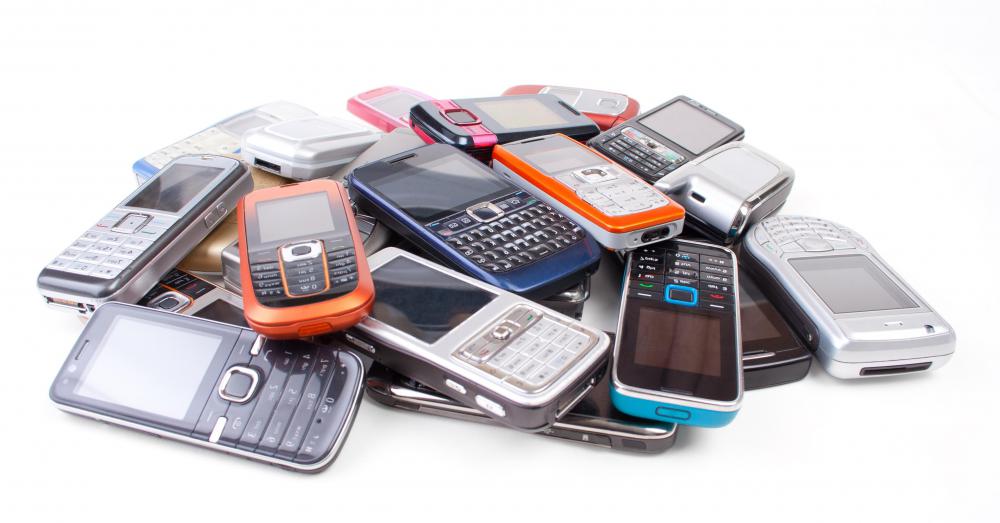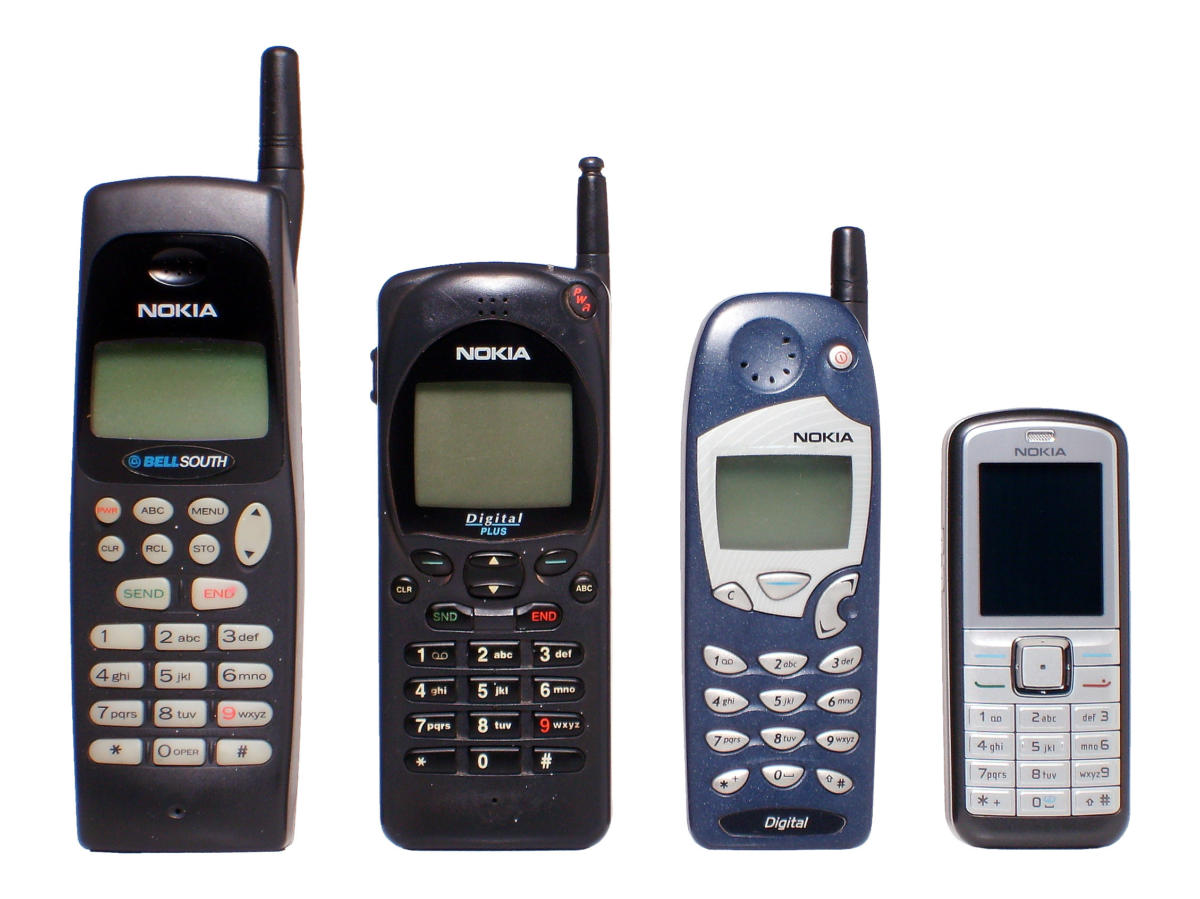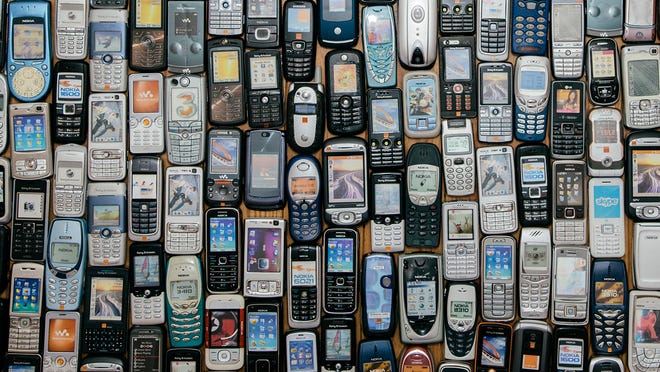Did you know that old telephones can still be used today? In fact, there are some models of old telephones that are still in great shape. This is because they have survived and adapted to modern times. These older phones are called “candy” or “cedar” telephones. The following is more about how old telephones work.
You get what you pay for
There are two kinds of old telephones: regular pay phones and antique pay phones. Although they look similar, they are not the same. They both operate on the same principle – you pay for a number by dialing it. The difference lies in how the calls are transferred. You will find out more about antique pay phones later.
As already mentioned, old telephones are generally of poor quality. This means that you may have to pay more to own one. But as an investment, they are certainly a good buy. If you use your old telephones on a regular basis, it’s definitely worth keeping them.
As they say, “You get what you pay for,” today. You probably don’t want to spend too much on a receiver that would only receive static and garbled sound. Therefore, it’s important to look at the quality of old telephones before deciding to purchase one. Antique phone guides can help you find out how good old telephones work, as well as giving you tips on maintaining them. An antique telephone guide can also explain how different models work, which can help you decide if you need an expensive model today.
Pros and cons of old telephones
There are many things you need to know about old telephones, and the first is that, unlike modern ones, they do not come with voice-mail. Therefore, you’ll have to write a pre-recorded message yourself. Remember to make your message as clear and understandable as possible. Rhetoric that can irritate some people (e.g., long and rambling telephone lines) are not included in old telephones. In older phones, you either had to press a button for a recorded sound, or talk directly into the telephone receiver. The recorded message should be short and sweet; a recorded phone number to anyone else, especially a person you don’t really know, should be avoided.
One other thing that makes old telephones different from modern ones is that, although you could dial large numbers using a phone book, you cannot do so with old telephones. Call waiting and messaging options are not available with old telephones. You can, however, call someone by name. For many people, this is enough of a feature to make them prefer an antique telephone over a modern telephone. However, if you just want to make local, long distance calls on your mobile phone, you won’t miss the lack of a voice mail option.
One thing that you will find in most old telephones is that they are set up to accommodate only one kind of connection: analog (or “dot” the dot). This is different from how most modern phones work, and why you can find some old telephones (and new ones, for that matter) that only support a single type of telephone connection. For instance, some old telephones may only allow you to make long distance calls if you connect via a regular phone line (a “dumb” phone), while others may not allow you to use a digital telephone at all. Digital telephones have come a long way in recent years, but many people still prefer old phones that only use analog connections.
The only real problem with having an old telephone is that it’s likely to break down in a few years. Many old landlines, unfortunately, are not very dependable, because they have been used for so long. It’s hard to tell how much longer any particular model will last. If you are looking at buying a used or antique model, be sure to check out the performance record of the seller. You should also consider getting a service warranty on your purchase, just to be sure that you’ll be able to get it fixed if anything goes wrong with your old telephone.


